Method to introduce genes into epithelial cells of the chicken embryonic stomach (proventriculus)
Method to introduce genes into epithelial cells of chicken embryonic stomach (proventriculus)
NEPA21 / CUY21 Applications |
|
[Chick Embryo] Method to introduce genes into epithelial cells of the chicken embryonic stomach (proventriculus) . |
|
|
1. Cut open the proventriculus with small scissors and transfer the tissue to PBS(-) solution. 2. Cut the agarose gel with a small well (we use minigel for the separation of DNA) into a piece of appropriate size and put it into the electrode well. 3. Fill the well of electrode with PBS(-) and the well of agarose gel with DNA solution (12-15µl). Put proventriculus tissue into the well with it’s epithelial side towards the cathode. Two or three samples can be put together. 4. Apply pulses of 30V for 15 times with pulse length of 50ms, and interval time of 75ms. Remove agarose gel immediately and wash it in Tyrode’s solution. Then take out the tissues from the gel and wash them well in Tryode’s solution. The tissues can now be cultivate organotypically. . |
||
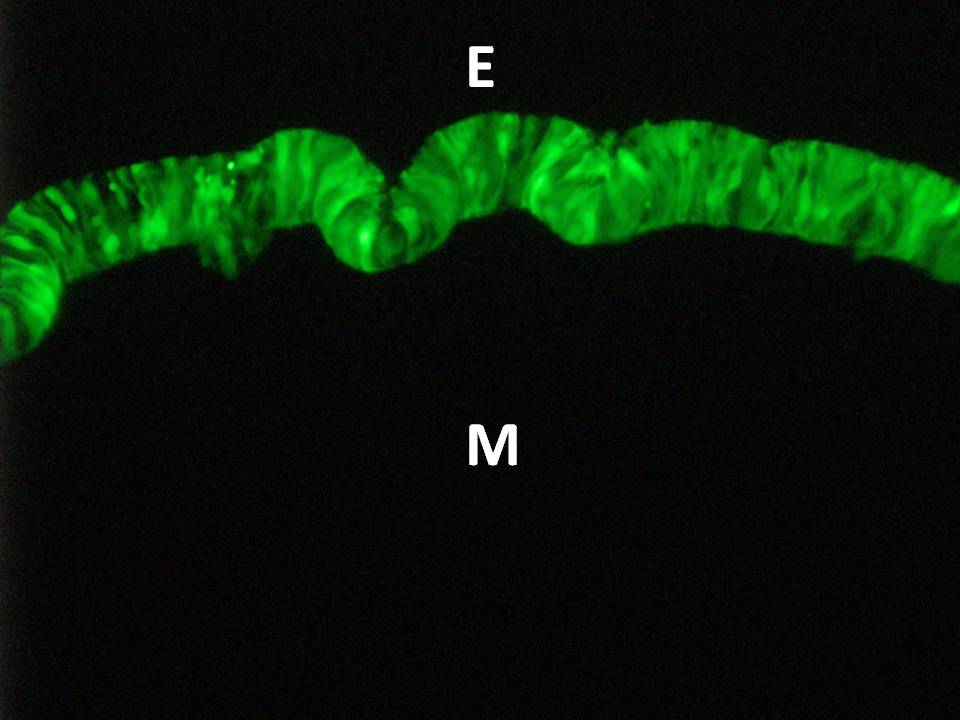 |
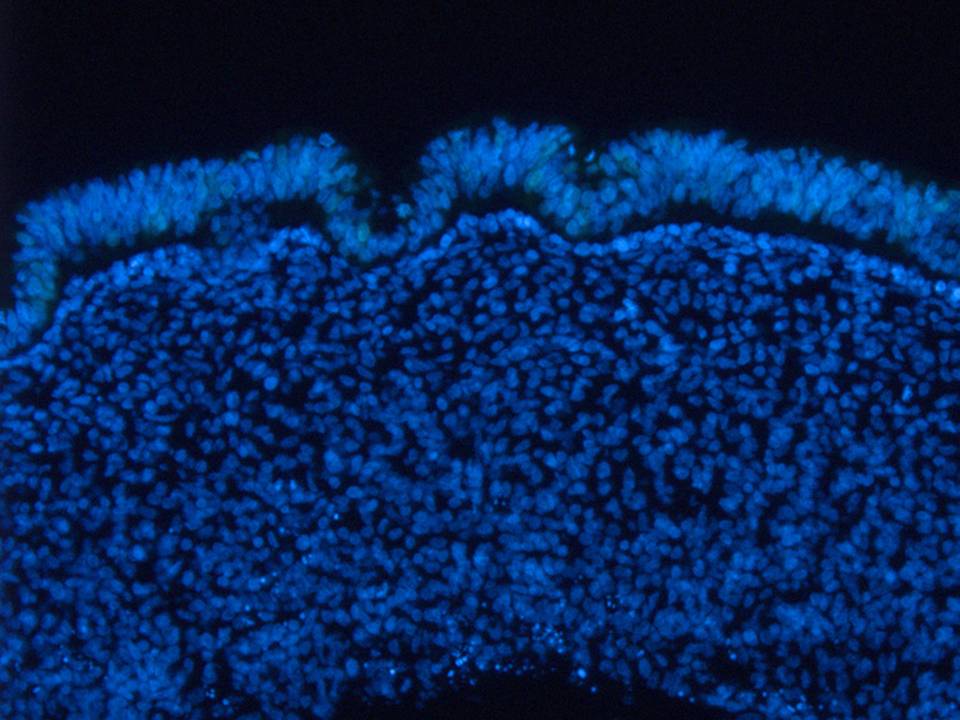 |
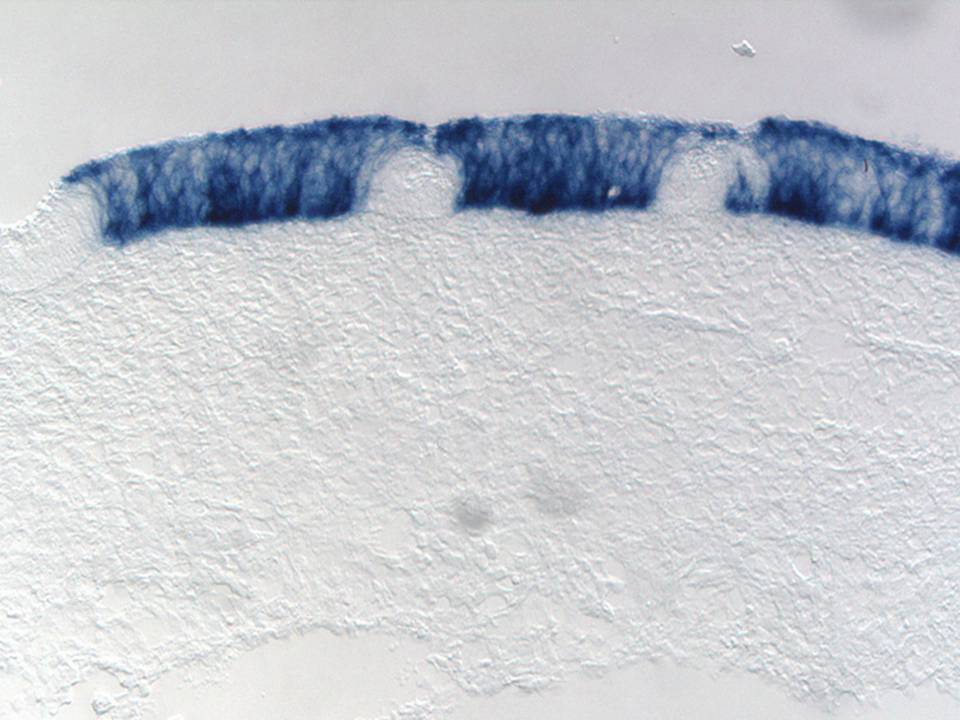 |
(Fig. 1) Two days after the introduction of the vectors. Expression of GFP is observed only in the epithelium (E, left), not in the mesenchyme (M). cSP gene, a luminal epithelium marker, is expressed normally indicating that the electroporation is not harmful for the normal development of the stomach (right). Central figure shows DAPI staining of the explant. (Fig. 2) Three days after the introduction of the vectors. Small glands are already formed where cSP is not expressed. GFP protein can be found almost all epithelial cells of glandular and luminal epithelia, indicating that the efficiency of electroporation is very high. |
| E: Epithelium
M: Mesenchyme |
(Fig. 1) |
||
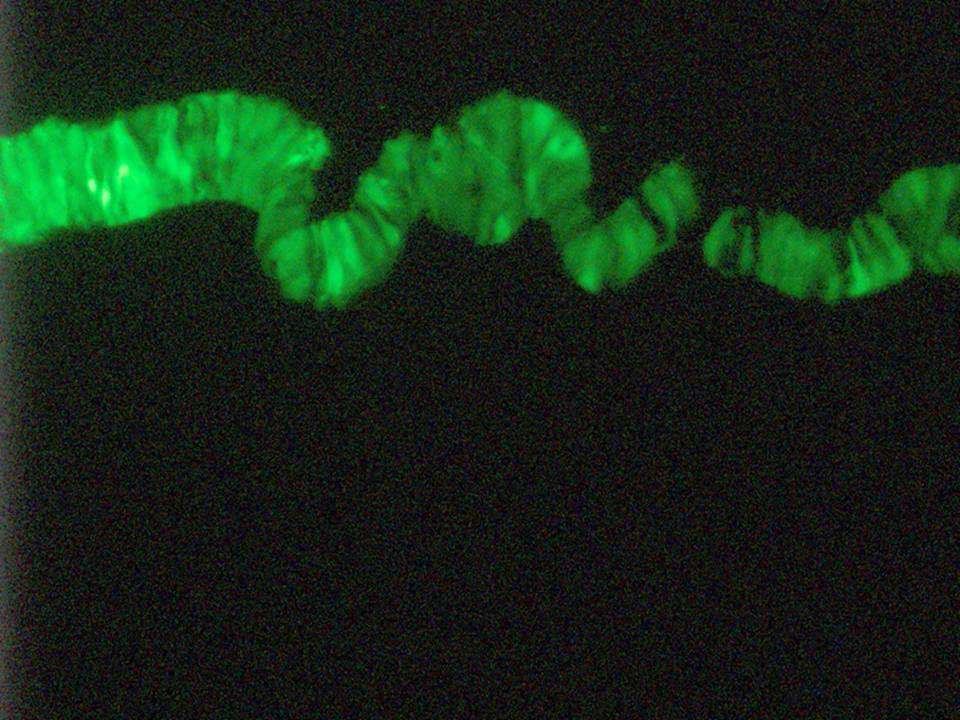 |
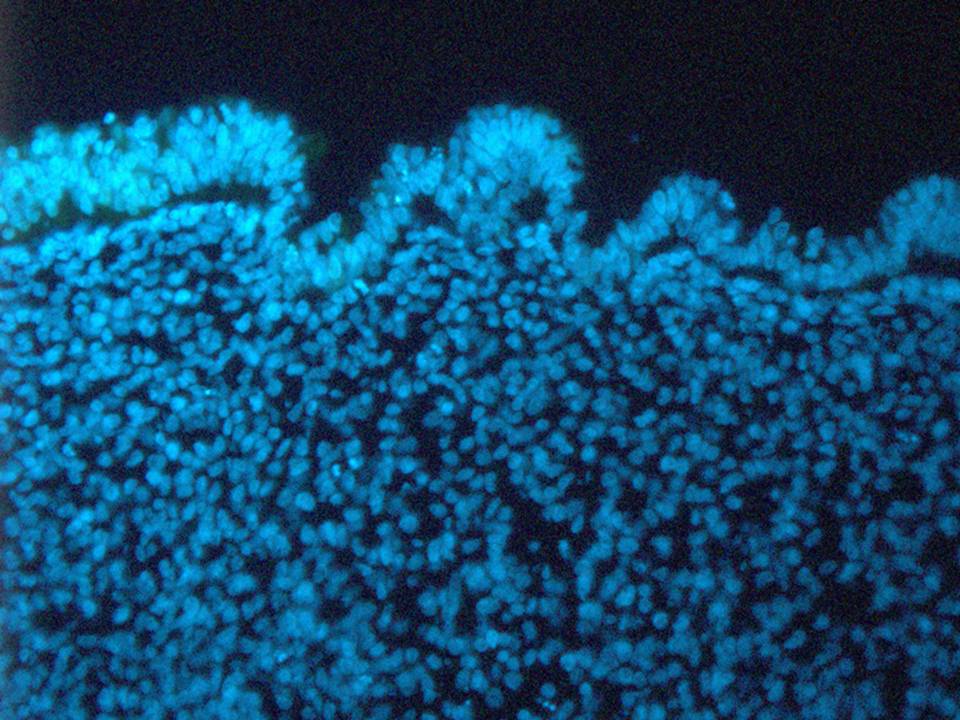 |
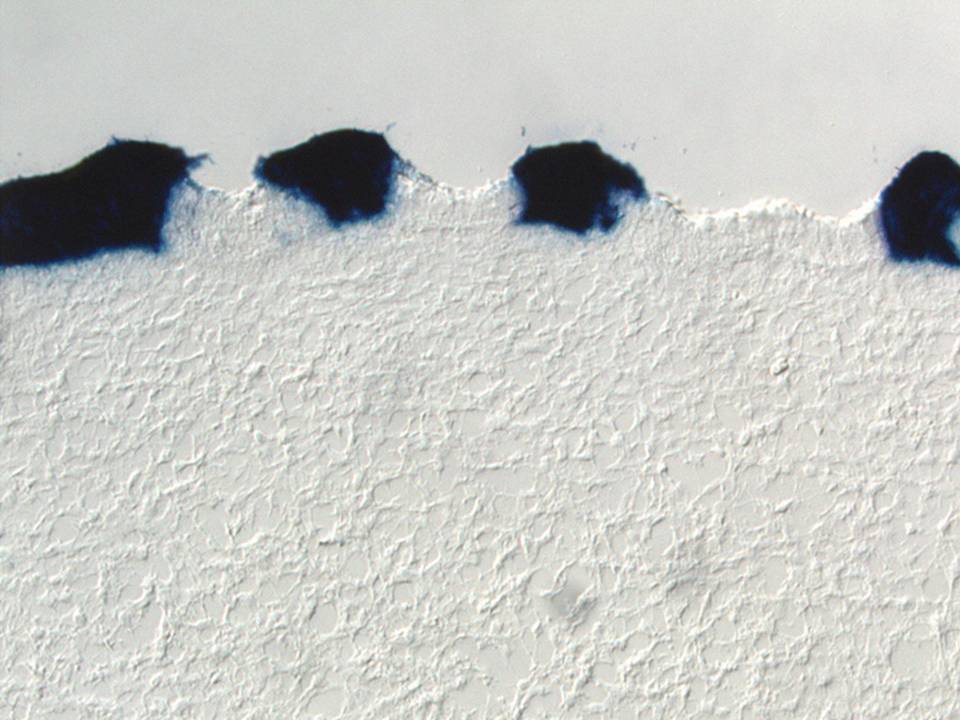 |
|
| (Fig. 2) |
|||
|
Department of Biological Sciences, Tokyo Metropolitan University; Sadao Yasugi |
|||
| Contact Us for more Information | |||


.jpg)